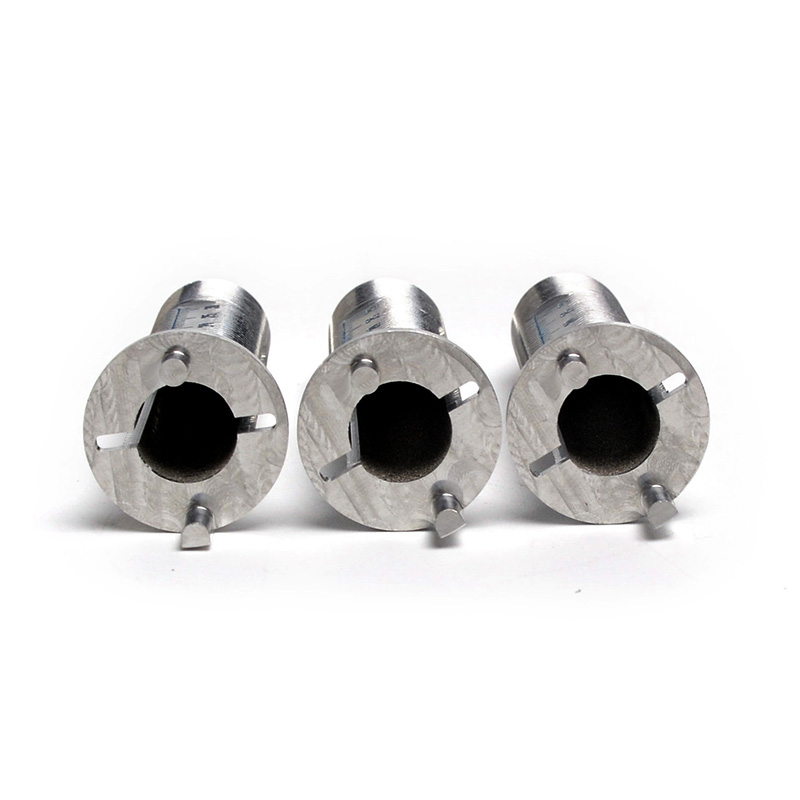
The Why and How of Producing H7 Holes with Accuracy
When designing mechanical products, accuracy and precision are paramount. As such, it is essential to ensure that the dimensions of every component or part of the equipment are as close as possible to the desired measurements. Among the critical features in mechanical designs are holes for bolts, pins, and other components to fit into. H7 holes, in particular, are vital for many mechanical applications and need to be accurate and precise for fastener systems to work effectively. In this guide, we will explore everything about H7 holes, including what they are, their uses, and how to produce them to ensure accuracy.

What are H7 Holes?
H7 holes refer to a classification system that describes the tolerance levels of holes shaped for limiting dimensions. H7 holes are also called “interference fits.” This means that the hole is intended to fit snugly with a specific component fitted into it, such as a bolt or shaft. H7 holes fall under the International Tolerance grade, and they have a standard tolerance limit range of -0.018mm to +0.043mm. They are one of the most commonly used tolerance classes for the holes in mechanical assemblies.
Uses of H7 Holes
H7 holes are useful in many applications, including the manufacture of bearings, chains, sprockets, and various fastener systems. These holes are designed to create a force fit between the hole and the component inserted into it. The idea behind this is to maintain a tight connection between the parts, which prevents any relative movement between them and ensures that the equipment remains stable and functions efficiently.
How to Produce H7 Holes with Accuracy
Producing H7 holes with accuracy requires proper knowledge and the right tools and equipment. The following are some steps you need to take to produce H7 holes with accuracy:
- Start with a Clean Surface: The first step is to ensure that the surface of the material that you will be drilling the H7 hole into is clean and free from any debris or impurities.
- Use the Right Tools: It is essential to use the right tools, such as drill bits and reamers, for H7 holes. Ensure that the tools are sharp and in good condition.
- Follow the Right Drilling Sequence: The next step is to follow the proper drilling sequence, which includes center drilling, pre-drilling, and reaming. The sequence ensures the hole is straight and has smooth sidewalls.
- Take Accurate Measurements: Ensure that you take accurate measurements of the drilled hole and that they fall within the tolerance range specified for H7 holes.
- Test the Hole: After drilling the hole, test it with a gauge or a suitable component to ensure its accuracy.
Conclusion:
In summary, creating H7 holes that are accurate and precise is essential for ensuring efficient and safe mechanical equipment. Understanding the uses and classification system of holes, such as H7 holes, is critical for mechanical engineers, designers, and buyers. Following the right drilling procedures and using the correct tools can help achieve accurate and precise results for H7 holes. Always seek professional advice when drilling holes with tolerance limits to ensure that they are correct. With this information, we hope that you are better equipped to produce H7 holes with precision and accuracy for your mechanical assemblies.
